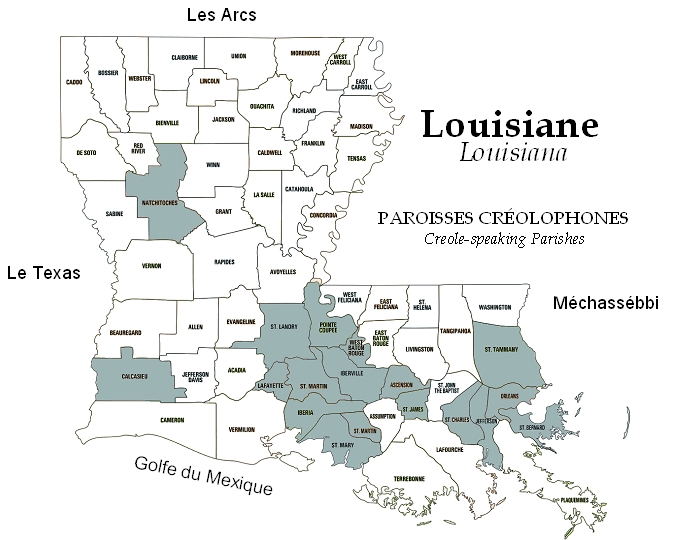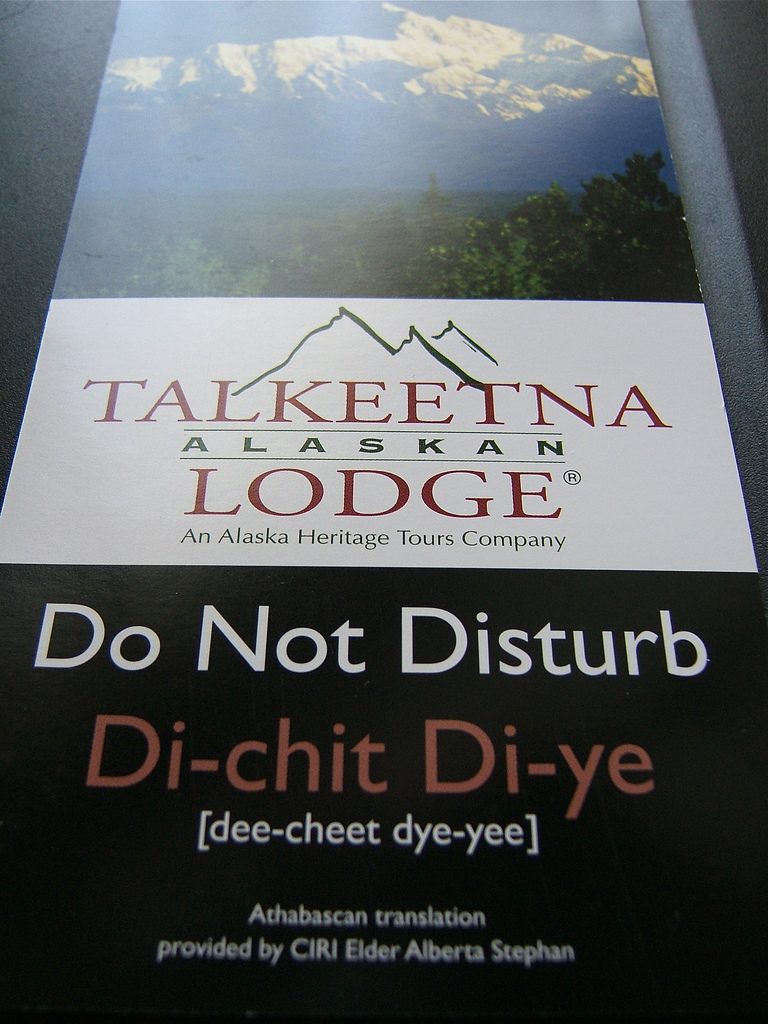3 Endangered Languages Being Revitalized in the US Posted by Jakob Gibbons on Aug 17, 2016 in Archived Posts
When we talk about language diversity, the United States isn’t normally the first country to come to mind, but its 325 million inhabitants speak more than just English and Spanish.
Over 470 languages are spoken by Americans, many of which are dying out as younger English-speaking generations never or only partially learn their heritage languages. But thankfully, many of them are also being revitalized.
It’s a sad reality that nearly half of the world’s more than 7000 languages are expected to die out over the course of this century, ending cultural narratives and chapters of human history that have endured centuries. Thankfully, however, under the same forces of globalization that put pressure on many of the world’s smaller minority languages, new technologies and renewed public investment in our global linguistic diversity are breathing new life back into long-dying languages in the US and around the world.
Language lovers have witnessed many stories of successful language revitalization in recent decades, as in the cases of languages like Cornish and Maori, but what most don’t know is that right under our noses, American languages are also being brought back to life. The endangered languages of the United States will be familiar to many of us as the namesakes of our states and famous geographic features, but we should also remember that they correspond to some of the great peoples and cultures who make the melting pot what it is.
Thanks to new technologies and dedicated language lovers, here are three languages that are swimming against the current and being revitalized in the United States.
1. Dakota and Lakota
Dakota is the language spoken by the Sioux people of the Northern Midwest of the US and central Canada, not coincidentally in the states of North and South Dakota, named after the area’s original inhabitants. Classifications of Dakota and the closely related Lakota dialects range from endangered to severely endangered, with most estimates suggesting fewer than 25,000 native speakers.
As part of a forced integration program in the late 1800s and early 1900s, many Sioux men and women were placed in English-only boarding schools, where strict language policies punished the use of the Dakota language. As the younger generations were taught not to speak their heritage language, today the vast majority of the few remaining speakers are 70 or older, and most young Sioux people are unable to communicate in the language.
Today, with the help of cooperating universities and NGOs and a few tech hacks, serious efforts are being made at revitalizing the language. Now Dakota language courses can be found at the University of Minnesota Twin Cities and five other colleges and universities in Minnesota and the Dakotas. Critically important for the language’s revitalization, the University of Minnesota also offers a Dakota language teaching certificate, and “has a good track record of creating proficient speakers, many of whom go on to become more advanced speakers, teachers, and language activists”. Among the products of the renewed efforts at revitalizing the Sioux languages is the recent documentary film Rising Voices, which spotlights the efforts to preserve the Lakota language.
You can brush up on your Dakota in Transparent Language Online, or learn the Lakota dialect at the Lakota Summer Institute in Fort Yates, North Dakta.
2. Louisiana Creole
Of the several varieties of French spoken in Louisiana, Louisiana Creole has traditionally been the lowest on the prestige totem pole. A creole language comprised of colonial French and Native American and West African languages, it differs starkly from the Cajun French spoken in Louisiana’s Acadiana region, and it’s also more vulnerable to extinction in the near future than its Cajun cousin.
The Endangered Languages Project classifies Louisiana Creole as severely endangered, with estimates running from 6,000 to 50,000 total speakers. While today fewer and fewer Creole people under 50 learn or speak the language of their grandparents, there is progress being made in the form of projects like Northwestern State University’s Creole Language Documentation Project, and the language is gaining more recognition from CODOFIL, Louisiana’s agency for the preservation of the French language.
Louisiana Historic and Cultural Vistas offers several videos for learning basic Creole on their YouTube channel, often incorporating traditional Creole music and recipes in the lessons.
3. Athabascan Languages
Stretching across the Western third of Canada and most of Alaska are the Athabascan languages, one of the largest families of native North American languages. Increasingly referred to as Dené languages, the term used by speakers of the language to identify their own language and culture, modern technology is also helping give a new jolt of life into nine of these endangered languages in the Doyon region of Alaska.
Using a state-of-the-art technology platform donated by Transparent Language to create effective teaching and learning materials, the Doyon Foundation is helping reinvigorate interest in and knowledge of the language within Dené communities. Doyon Foundation is not only educating new young speakers through scholarship programs, but also providing language revitalization grants to local organizations working on issues like digitizing tribal language recordings, language immersion courses, and teacher apprenticeship programs.
While most revitalization efforts are concentrated in the form of local programs in the region, Transparent Language offers online learning resources for the Koyukon dialect, one of the Athabascan languages spoken in Alaska.
Language lovers have recently witnessed many stories of successful language revitalization around the globe, such as Cornish and Maori, but what most don’t know is that right under our noses, American languages are also being brought back to life. The endangered languages of the United States are familiar to many of us as the namesakes of our states and famous geographic features, but we should also remember that they correspond to some of the great peoples and cultures who make the melting pot what it is.
Editor’s Note: To learn more about how Transparent Language is working with language advocates in the United States to preserve and promote American languages, visit the 7000 Languages Project.

Build vocabulary, practice pronunciation, and more with Transparent Language Online. Available anytime, anywhere, on any device.






Leave a comment: